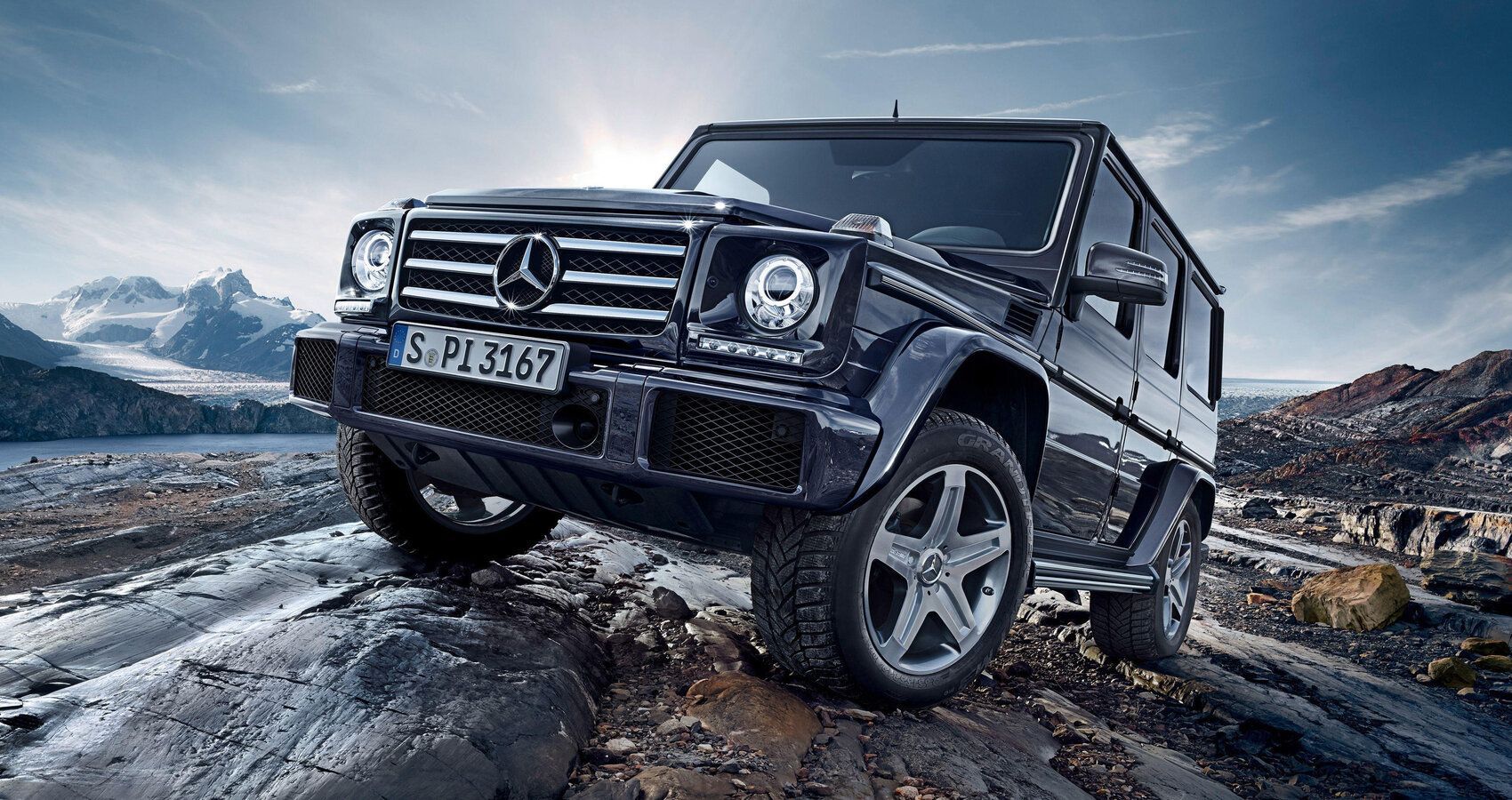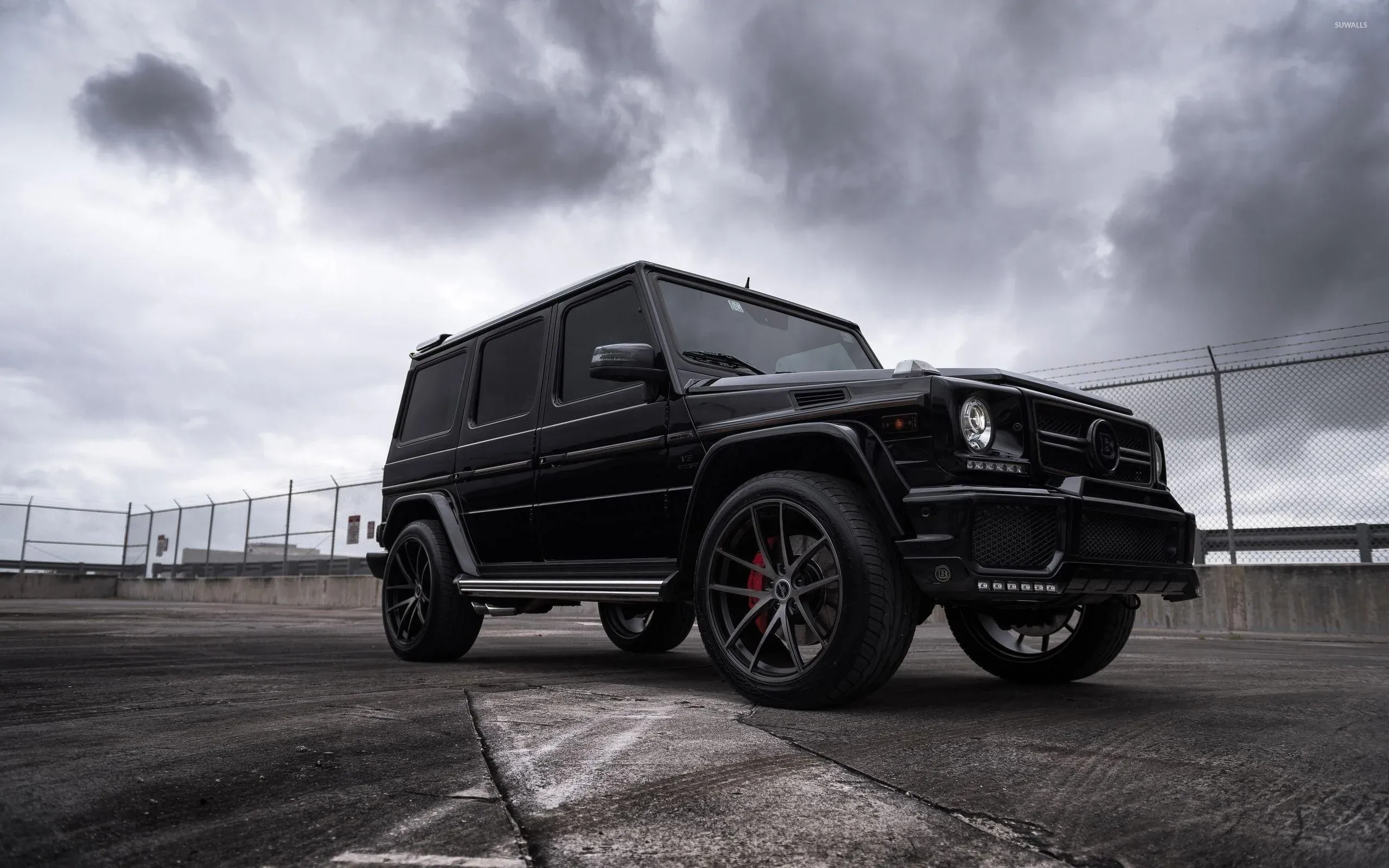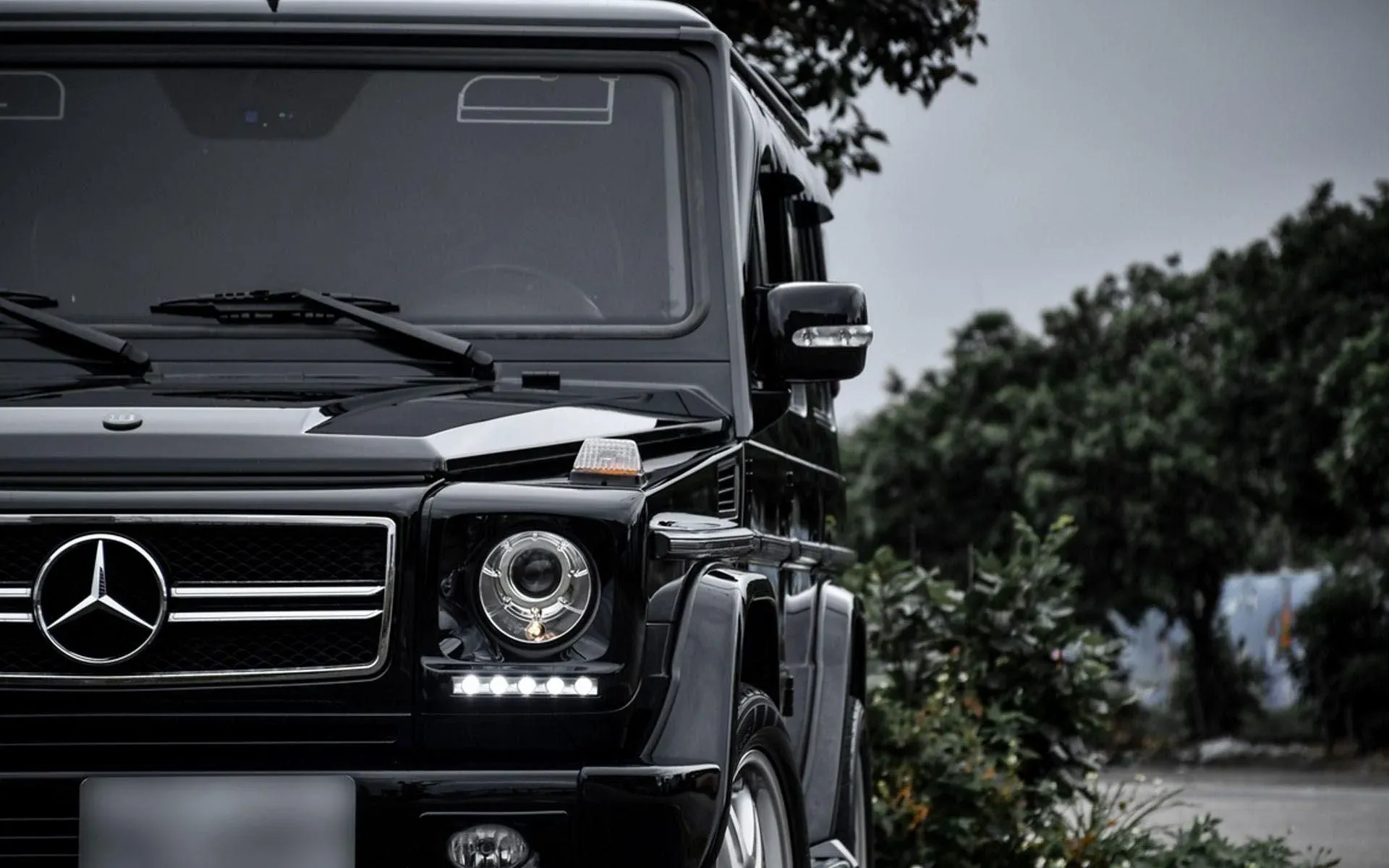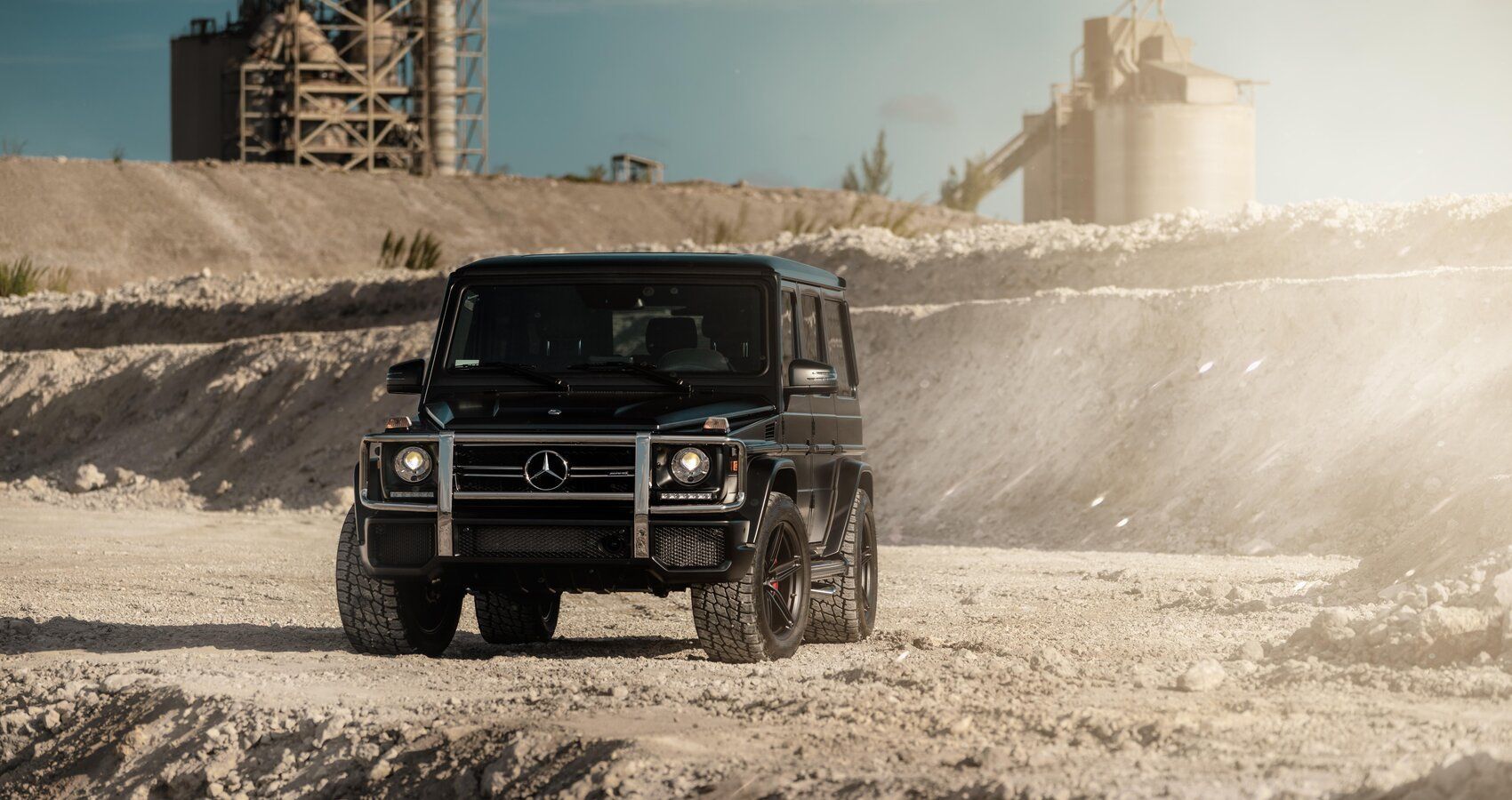When Mercedes-Benz launched the first-ever G-Wagon in the late 70s, no one would have guessed that the car would go on to become one of the most iconic Mercs of all time. The G-Wagon was originally built as an all-terrain, all-wheel-drive for the masses. However, it eventually went on to become an ultra-luxurious car that would cost a fortune. Four decades later - the story remains unchanged - the latest version of the Mercedes-Benz icon is the epitome of luxury. The starting price of the new G-Wagon is around and above the $125,000 mark. However, the original G-Wagon design is still widely regarded as the greatest SUV design ever by car lovers across the globe.
It is no surprise that the German automobile giant considers the original G-Wagon the benchmark for all the SUVs it manufactures today. Here's why the design of the Mercedes-Benz G-Wagon has remained unchanged for 40 years.
The Origin Of The G-Wagon
The origins of the G-Wagon lie in Austria. This iconic Merc was originally manufactured by Magna Steyr (formerly known as Steyr-Daimler-Puch) and then sold by Mercedes-Benz. The name G-Wagon is short for Gelandewagen. The term "Gelandewagen" loosely translates to "an all-terrain vehicle".
Production of the G-Wagon began in 1979. It gained the trust of automobile lovers around the globe and quickly made its mark as one of the strongest cars in circulation around that time. It was majorly used for utility services, or as a military vehicle. The rectangular-box-like design of the car meant that the driver and the passenger would both have comfortable legroom and ample height. Over the course of time, the Gelandewagen was hailed as the perfect off-road vehicle out there. And rightly so. An iconic blend of style, versatility, agility, speed, and power - the G-Wagon is a once-in-a-lifetime vehicle. What started off as an off-road monster had now made its mark as everyone's favorite vehicle.
Whether you were to take it for a spin to the grocery store or head to the outskirts for a long drive, the G-Wagon boasted a style statement that very few cars can match. In the coming years, several upgrades saw the G-Wagon become an icon of luxury and comfort. The first major upgrade to the G-Wagon happened in the 1980s. The car saw a shift from manual to an automatic transmission. The German automaker also introduced air conditioning. The upgraded G-Wagon also boasted headlamp grilles to protect the engine while allowing a decent influx of air. However, when you look at the bigger picture, the G-Wagon's design has remained quite the same throughout its four decades of production.
A Versatile Beast
Over the course of its production life, the versatility of the G-Wagon has been defined by its multiple body styles and models. The company retained the original design but constantly adapted and improvised as per the changing market trends and demands. The Type 460 and 463 G-Wagon models were convertible versions. These models boasted a fixed windshield and a thick 2400mm wheelbase. The company also introduced a van version of the G-Wagon. These G-Wagon vans were solely manufactured for military operations. The most common body style of the G-Wagon was the station wagon.
The station G-Wagon models were most commonly used by civilians. Other G-Wagon versions included the chassis double-cab body version (standard and the 6x6 version), the convertible with folding windshield version, and the green-line military variant. All G-Wagon body styles were so perfectly crafted that they served people across the globe without any shortcomings or problems for years and years. The sales and the demand for the G-Wagon never duped to a point where the company would consider discontinuing production. As a result, the company acted wittily and introduced timely upgrades that satisfied the changing needs and demands of buyers.
The G-Wagon Legacy
The Mercedes-Benz G-Wagon's legacy is largely associated with military operations. The Merc legend was first employed by the Argentinean army as its commandeer vehicle. The G-Class Model 461 Wagon is particularly renowned for its involvement in the Argentine combat operations in the year 1981. Subsequently, militaries of other countries ordered G-Wagons for their own military operations. These countries included the likes of Norway, Denmark, Canada, Sweden, Netherlands, Malaysia, and the United States of America.
A version of the G-Wagon sold under the trademark Puch was also involved in military operations for Austria and Switzerland. Being the beast of a car that it is, it is only safe to assume that it triples in value when there are added luxuries implanted into the monster car. A design that worked so well for military operations was always going to be hard to beat. The Mercedes SUV's unrivaled sale figures throughout its reign are a reflection of the same. Hence, it is no wonder that the design of the G-Wagon has remained unchanged for more than 40 years.




